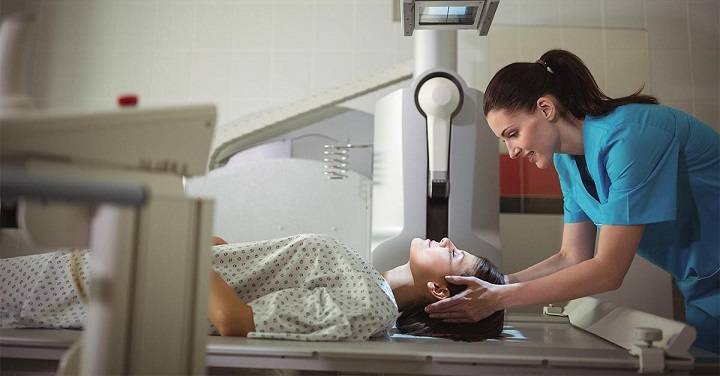Radiologic technologists, commonly referred to as radiology techs, play a crucial role in the healthcare industry. They perform diagnostic imaging examinations like X-rays, MRIs, and CT scans to help diagnose illnesses and injuries. One of the key considerations for individuals aspiring to join this field is the potential income. Understanding the factors influencing a radiology tech’s salary is essential for those considering this career path.
What Impacts Radiology Tech Salaries?

Education and Training:
Formal education, such as an associate’s or bachelor’s degree in radiography or a related field, often correlates with higher earning potential.
Additional certifications or specialized training in areas like mammography or MRI can lead to increased pay.
Experience Level:
Entry-level radiology techs generally start with lower salaries, which tend to increase with experience.
Experienced techs or those in supervisory positions command higher pay.
Geographical Location:
Salaries can significantly vary based on location, with urban areas or regions with higher costs of living typically offering higher wages.
Work Setting:
Employment in hospitals, diagnostic laboratories, or outpatient care centers might yield different salary ranges.
Government agencies, research institutions, and specialized medical services also influence income levels.
National Salary Averages for Radiology Techs
According to data from the U.S. Bureau of Labor Statistics (BLS) as of 2022, the median annual wage for radiologic technologists was around $63,710.
Entry-Level Salaries: Typically range between $44,380 to $52,760 annually.
Mid-Level Salaries: Average between $63,120 to $73,200 per year.
Top-Level Salaries: Experienced techs or those in specialized roles can earn $89,760 or more annually.
Regional Variances in Radiology Tech Salaries

Metropolitan Areas:
Cities like San Francisco, New York, or Boston often offer higher salaries due to increased living costs.
Rural Settings:
Some rural areas might have lower salaries but also lower living expenses, potentially balancing the overall financial picture.
Additional Factors Influencing Income
Shift Differentials:
Evening, night, or weekend shifts may come with higher pay rates.
Union Memberships:
Techs associated with unions might benefit from increased wages and additional perks.
Benefits and Perks:
Healthcare, retirement plans, and paid time off can significantly contribute to the overall compensation package.
Market Demand:
Areas experiencing a shortage of radiology techs may offer higher salaries to attract and retain skilled professionals.
Future Job Outlook and Salary Trends
The demand for radiologic technologists is expected to grow due to an aging population and technological advancements. This increased demand could positively influence salaries, especially in areas experiencing shortages of qualified techs.
Understanding the factors that influence a radiology tech’s salary is crucial for those considering or currently working in this field. Factors like education, experience, location, and specialized skills all contribute to the earning potential of a radiologic technologist. As the healthcare industry continues to evolve, the demand for skilled radiology techs is anticipated to impact salaries positively. Whether in urban or rural settings, the compensation and opportunities for radiology techs remain promising, making it a dynamic and rewarding career choice.


